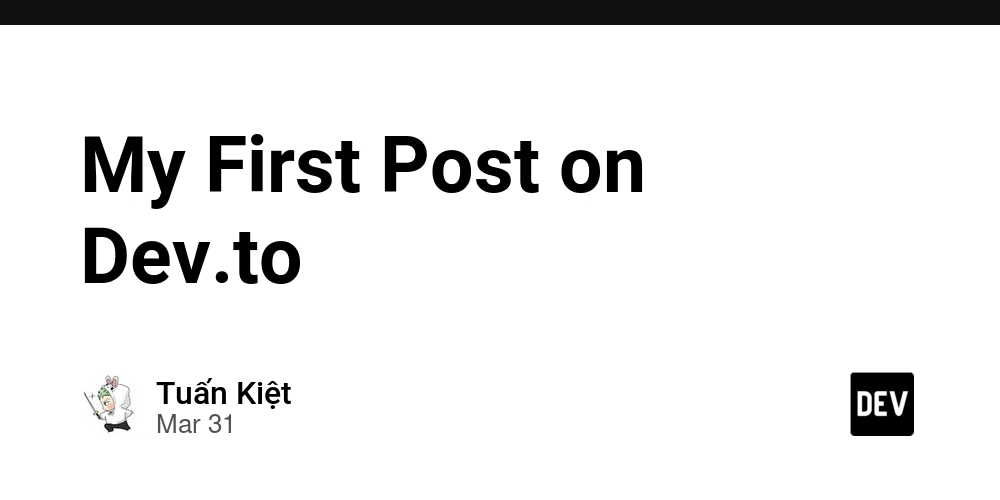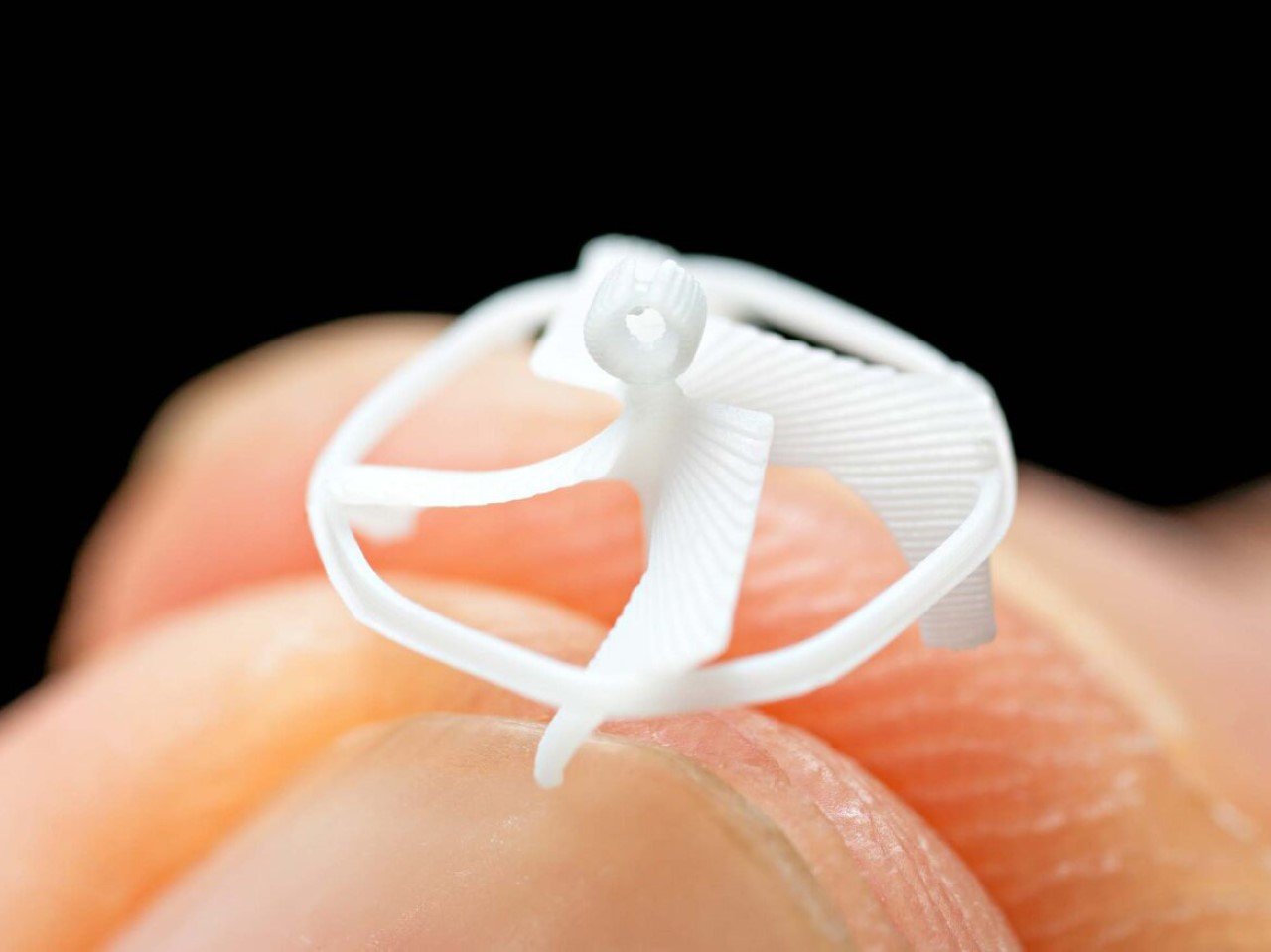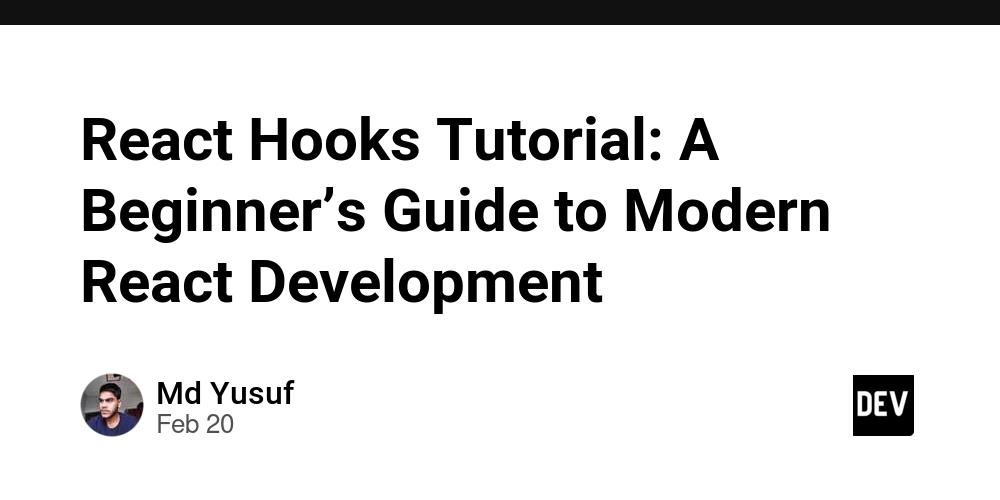Choosing Integer Types in MySQL & PostgreSQL
Choosing the right integer type depends on storage size, range, and performance. Here’s a guide to selecting the best type based on your needs. Integer Types Overview Data Type MySQL Range (Signed) PostgreSQL Range (Signed) Storage (Bytes) Best Used For TINYINT -128 to 127 (UNSIGNED: 0 to 255) ❌ Not available 1 Boolean values, small counters SMALLINT -32,768 to 32,767 -32,768 to 32,767 2 Small IDs, counts MEDIUMINT -8,388,608 to 8,388,607 ❌ Not available 3 Large counters in MySQL INT / INTEGER -2,147,483,648 to 2,147,483,647 Same as MySQL 4 Most general purpose ID or counter BIGINT -9,223,372,036,854,775,808 to 9,223,372,036,854,775,807 Same as MySQL 8 Large IDs, timestamps When to Use Each Integer Type? ✅ Use TINYINT (MySQL) when: ✔ Boolean values (0 or 1) ✔ Small flags or statuses (1-100) ✔ Example: CREATE TABLE users ( is_active TINYINT(1) NOT NULL ); ✅ Use SMALLINT when: ✔ Small numerical values, such as age, small counts, or ratings (-32,768 to 32,767) ✔ Example: CREATE TABLE products ( stock SMALLINT UNSIGNED NOT NULL -- Only positive values (0-65,535) ); ✅ Use MEDIUMINT (MySQL only) when: ✔ Larger counters than SMALLINT, but INT is overkill ✔ Example: CREATE TABLE orders ( order_count MEDIUMINT UNSIGNED NOT NULL ); ✅ Use INT / INTEGER when: ✔ General-purpose primary keys (auto-increment IDs) ✔ Larger counters (-2B to 2B range) ✔ Example: CREATE TABLE employees ( id INT AUTO_INCREMENT PRIMARY KEY, salary INT NOT NULL ); ✅ Use BIGINT when: ✔ Storing timestamps, large IDs, or very large numbers ✔ Needed for social media users, financial records, or global IDs ✔ Example: CREATE TABLE transactions ( transaction_id BIGINT UNSIGNED AUTO_INCREMENT PRIMARY KEY, amount BIGINT NOT NULL ); Should I Use SIGNED or UNSIGNED? Use UNSIGNED if you only need positive numbers (doubles the max value). Use SIGNED if you need both positive & negative values. Example: -- UNSIGNED: allows 0 to 4,294,967,295 CREATE TABLE accounts ( balance INT UNSIGNED NOT NULL ); PostgreSQL-Specific Notes No TINYINT or MEDIUMINT → Use SMALLINT or INTEGER instead. Supports SERIAL types for auto-incrementing IDs: CREATE TABLE users ( id SERIAL PRIMARY KEY -- Equivalent to INT AUTO_INCREMENT ); Choosing the Right Integer Type Use Case MySQL Type PostgreSQL Type Boolean flags (0/1) TINYINT(1) BOOLEAN Small numbers (age, ratings) SMALLINT SMALLINT Medium counters MEDIUMINT INTEGER General IDs & primary keys INT AUTO_INCREMENT SERIAL Large counters (big user base, financial data) BIGINT BIGINT Here are real-world use cases for each integer type. 1️⃣ TINYINT (1 Byte) – Small Flags & Boolean Values

Choosing the right integer type depends on storage size, range, and performance. Here’s a guide to selecting the best type based on your needs.
Integer Types Overview
| Data Type | MySQL Range (Signed) | PostgreSQL Range (Signed) | Storage (Bytes) | Best Used For |
|---|---|---|---|---|
| TINYINT | -128 to 127 (UNSIGNED: 0 to 255) | ❌ Not available | 1 | Boolean values, small counters |
| SMALLINT | -32,768 to 32,767 | -32,768 to 32,767 | 2 | Small IDs, counts |
| MEDIUMINT | -8,388,608 to 8,388,607 | ❌ Not available | 3 | Large counters in MySQL |
| INT / INTEGER | -2,147,483,648 to 2,147,483,647 | Same as MySQL | 4 | Most general purpose ID or counter |
| BIGINT | -9,223,372,036,854,775,808 to 9,223,372,036,854,775,807 | Same as MySQL | 8 | Large IDs, timestamps |
When to Use Each Integer Type?
✅ Use TINYINT (MySQL) when:
✔ Boolean values (0 or 1)
✔ Small flags or statuses (1-100)
✔ Example:
CREATE TABLE users (
is_active TINYINT(1) NOT NULL
);
✅ Use SMALLINT when:
✔ Small numerical values, such as age, small counts, or ratings (-32,768 to 32,767)
✔ Example:
CREATE TABLE products (
stock SMALLINT UNSIGNED NOT NULL -- Only positive values (0-65,535)
);
✅ Use MEDIUMINT (MySQL only) when:
✔ Larger counters than SMALLINT, but INT is overkill
✔ Example:
CREATE TABLE orders (
order_count MEDIUMINT UNSIGNED NOT NULL
);
✅ Use INT / INTEGER when:
✔ General-purpose primary keys (auto-increment IDs)
✔ Larger counters (-2B to 2B range)
✔ Example:
CREATE TABLE employees (
id INT AUTO_INCREMENT PRIMARY KEY,
salary INT NOT NULL
);
✅ Use BIGINT when:
✔ Storing timestamps, large IDs, or very large numbers
✔ Needed for social media users, financial records, or global IDs
✔ Example:
CREATE TABLE transactions (
transaction_id BIGINT UNSIGNED AUTO_INCREMENT PRIMARY KEY,
amount BIGINT NOT NULL
);
Should I Use SIGNED or UNSIGNED?
-
Use
UNSIGNEDif you only need positive numbers (doubles the max value). -
Use
SIGNEDif you need both positive & negative values. - Example:
-- UNSIGNED: allows 0 to 4,294,967,295
CREATE TABLE accounts (
balance INT UNSIGNED NOT NULL
);
PostgreSQL-Specific Notes
-
No
TINYINTorMEDIUMINT→ UseSMALLINTorINTEGERinstead. - Supports
SERIALtypes for auto-incrementing IDs:
CREATE TABLE users (
id SERIAL PRIMARY KEY -- Equivalent to INT AUTO_INCREMENT
);
Choosing the Right Integer Type
| Use Case | MySQL Type | PostgreSQL Type |
|---|---|---|
| Boolean flags (0/1) | TINYINT(1) |
BOOLEAN |
| Small numbers (age, ratings) | SMALLINT |
SMALLINT |
| Medium counters | MEDIUMINT |
INTEGER |
| General IDs & primary keys | INT AUTO_INCREMENT |
SERIAL |
| Large counters (big user base, financial data) | BIGINT |
BIGINT |
Here are real-world use cases for each integer type.
1️⃣ TINYINT (1 Byte) – Small Flags & Boolean Values














































































